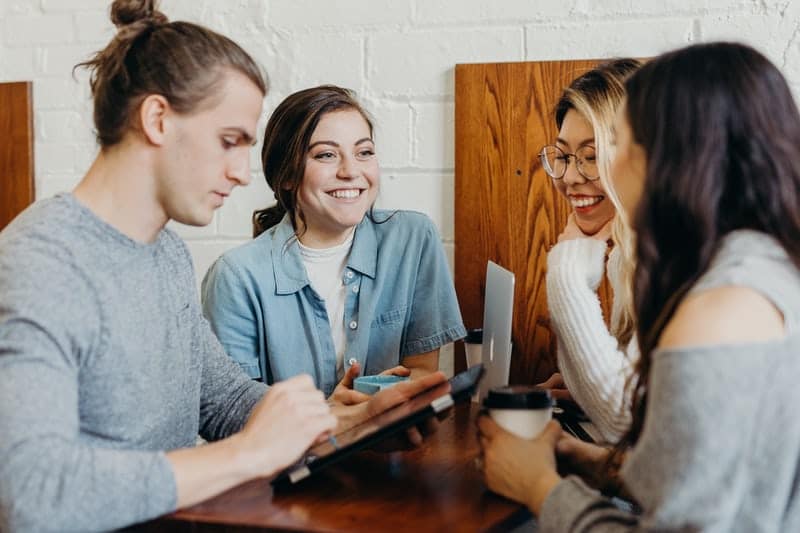How many friends do you have? Maybe you rely on Facebook to keep track of your friend count or Instagram to track your followers. Social media can keep us connected to hundreds or even thousands of people but, in reality, our capacity for close friendship is limited. It’s important to prioritize your friendships for emotional wellbeing.
Each of us has a limited capacity for close friendships. We cannot invest equal time and energy with all of the people in our lives. Evolutionary psychologist Robin Dunbar suggests that the number of stable relationships people are cognitively able to maintain at once is 150. Even within this finite number, we naturally assign people a different level of intimacy. The circle of friendship represents how we invest in relationships.
Each layer is three times the size of the layer directly preceding it: 5; 15; 50; 150; 500; 1,500; 5,000. Dunbar explains:
“The innermost layer of 1.5 is [the most intimate]; clearly that has to do with your romantic relationships. The next layer of five is your shoulders-to-cry-on friendships. They are the ones who will drop everything to support us when our world falls apart. The 15 layer includes the previous five, and your core social partners. They are our main social companions, so they provide the context for having fun times. They also provide the main circle for exchange of child care. We trust them enough to leave our children with them. The next layer up, at 50, is your big-weekend-barbecue people. And the 150 layer is your weddings and funerals group who would come to your once-in-a-lifetime event.”
When you choose to invest in a new relationship, it takes time away from an existing relationship because you have limited capacity to give time and attention equally. To move a friend from a stranger to being a good friend takes about 200 hours of investment over a few months. Knowing this will help you prioritize your friendships for emotional wellbeing and better relational health with those who matter most.
Important take-aways
- Circles of friendship are fluid. The people in your life can move from one circle to the next depending on time and season. People will move to inner or outer rings based on the time and attention you are giving them. You choose where they land in your circle.
- Circle size is influenced by personality. Introverts tend to have smaller circles while extroverts circles can be bigger. Introverts prefer to give their energy more intently to fewer people while extroverts are able to extend their energy more broadly.
- Circles of friendship are impacted by age. During the late teen years and into the 20’s, friendships come and go more quickly. Job transition, moves, and other changes during these years determines who you are connected to. Circles remain more constant during your 30’s and 40’s and the outer rings get smaller with age as acquaintances pass away.
You are wired to prioritize your friendships for emotional wellbeing. Investing too much in too many will leave you frazzled and exhausted. Investing too little will lead to loneliness and isolation. So, before you send a friend request to that person you met in line at the grocery store or feel guilty for ignoring a connection request on LinkedIn, understand where they fit in your circle of friendship. Knowing how much time and energy you can give that new person and what kind of trade-off it might mean for a current relationship will lead to better relational decision-making.
